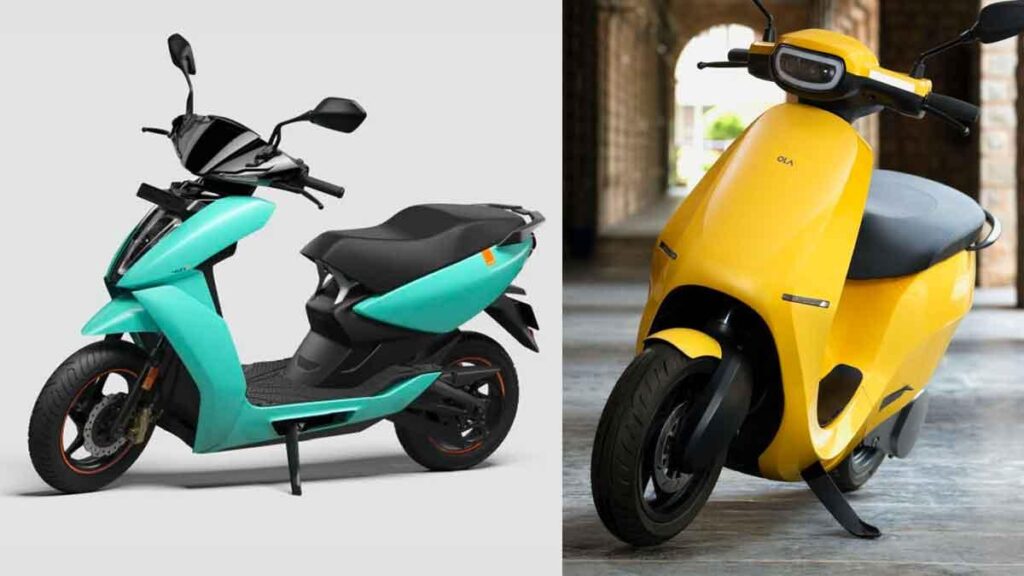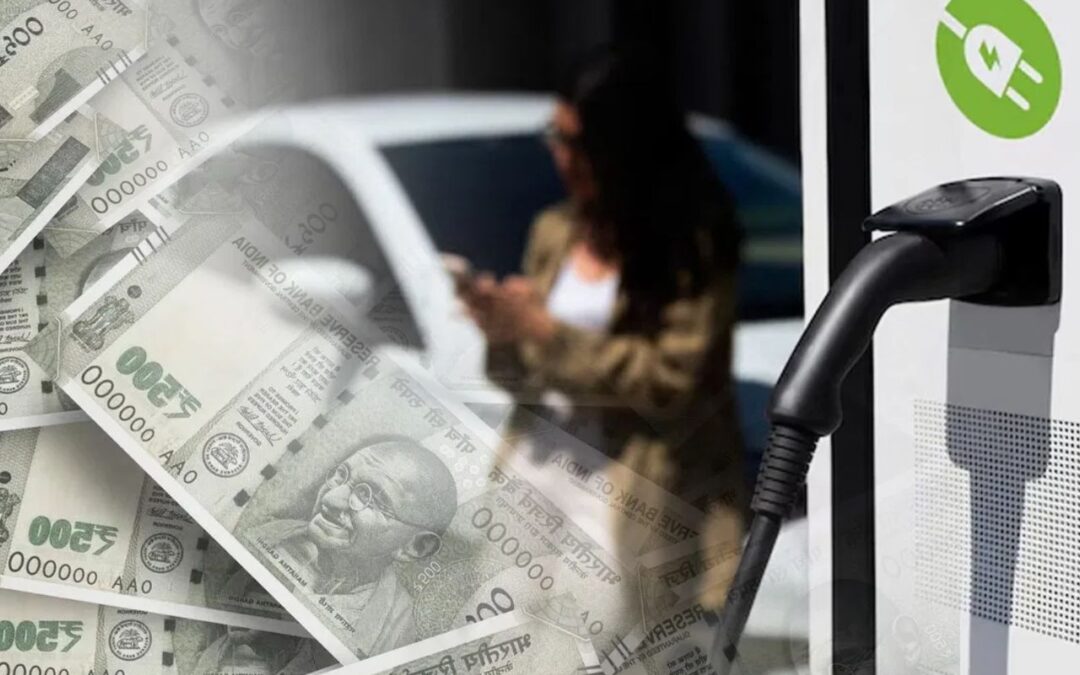Synopsis- India’s EV subsidies in 2025 are making electric vehicles more affordable than ever, with several schemes like FAME II and PM E-DRIVE, generous state incentives, and lately even with private initiatives such as the Tata EV Mitra Scheme. Buyers can save up to Rs. 4 lakh on electric cars and up to Rs. 25,000 on two-wheelers, making 2025 a perfect year to go electric.
While electric vehicles are catching up rapidly on Indian roads, buyers are becoming increasingly attracted to cost savings opportunities guaranteed through EV subsidies. If you are planning a transition to green mobility, it is crucial to get familiar with the new subsidy regime by covering national schemes, fresh policies in 2025, state-specific benefits, and other initiatives such as the Tata EV Mitra Scheme, in order to avail your maximum benefits. In this piece, we go in-depth on what is available for electric cars as well as electric bikes, contrast their subsidies, and clearly outline how much monetary support you can anticipate.
Effectively Understanding the EV Subsidy Ecosystem in India (2025)
India’s electric vehicle landscape in 2025 is potentially shaped by a multitude of influences and not just being limited to central government initiatives like the FAME II or the newly announced PM E-DRIVE, as the influence even comes from state benefits and other industry initiatives. The coordinated initiatives aim to reduce the upfront cost of Electric Vehicles, by facilitating local manufacturing, and developing charging and delivery infrastructure, which all ultimately hasten India’s transition away from fossil fuels.
National Incentives Programs:
- FAME II(Faster Adoption and Manufacturing of Hybrid and Electric Vehicles in India-Phase II)
- PM E-DRIVE (Launched October 2024 for purchases that began within 2024-2026)
Electric Cars vs. electric bikes, the difference in subsidies
| Vehicle Type | Subsidy per kWh | Maximum Subsidy per Vehicle | Eligibility Highlights |
| Electric Car | Rs. 10,000 | Rs. 1,50,000 | Cars up to Rs. 15 lakh ex-showroom, range/speed requirements |
| Electric Two-Wheeler (Scooter/Bike) | Rs. 2,500 (PM E-DRIVE for FY25–26) | Rs. 2,500 (max ₹5,000 with PM E-DRIVE for FY25–26, or up to 15% of ex-factory price with FAME) | Less than Rs. 1.5 lakh ex-showroom, range and speed minimums |
Car buyers are left with a larger absolute subsidy, but the bikes and scooters receive a larger amount in percentage of the selling price, so EV two-wheelers are extremely affordable for first-time buyers.
Recent Updates for 2025:
- FAME II continues to provide incentives for cars and motorcycles but has progressively cut caps and increased benefits for more affordable two-wheelers.
- PM E-DRIVE: The subsidy for two-wheelers purchased after April 1, 2025, is Rs. 2,500 per kWh with a cap of Rs. 5,000 per vehicle. Earlier, it was higher (Rs. 7,500–Rs. 10,000 per kWh/cap). FAME II for cars is still Rs. 10,000 per kWh (up to Rs. 1.5 lakh per vehicle).
Example Situation:
- When you buy an electric vehicle (with a 30 kwh battery, and price under Rs. 15 lakh): Central subsidy: 30 × Rs. 10,000 = 3,00,000, maximum = 1,50,000
- For an electric 2-wheeler (2 kwh battery): PM E-DRIVE: 2 × 2,500 = 5,000 (cap on benefit for bikes is 5,000).
- In addition, each state has a subsidy and tax benefits on top of these amounts.
State Level EV Subsidy Highlights (2025)
Gujarat, Maharashtra, West Bengal, Assam, Delhi all have some extra benefits – specifically:
- Maharashtra: 4 wheelers= 2,50,000, bikes= 25,000.
- Gujarat and Assam: Cars= 1,50,000, bikes= 20,000.
- Road tax & registration fee waivers: Handed out by most states, further cutting down the on-road price.
TATA EV Mitra Scheme: Special Benefits for 2025
The TATA EV Mitra Scheme is a holistic program for EV purchasing and infrastructure developers in 2025. The reasons it is unique:
- Eligibility: only available to electric two-wheelers, three-wheelers and cars, subsidies vary based on battery size and vehicle category
- Subsidy Ranges: in 2025, eligible subsidy is aligned with central government limits of Rs. 10 thousand to Rs 1.5 lakh depending on vehicle
- Charging Infrastructure Support: the scheme is especially beneficial if you are an entrepreneur who is establishing Tata Power supported charging points, as it is an innovation financing, and will help you with charging points installation, and the charging locations become part of Tata’s charging points.
- Application Process: Digital-led and simplified, enabling customers to avail their subsidy at point of purchase (for vehicles) or the Tata Power portal (for charging station entrepreneurs).
| Category | Subsidy Range | Basis | Additional Benefits |
| Two-wheelers | Rs. 10,000–Rs. 20,000 | Battery capacity, state caps | Charging perks, tax waivers |
| Four-wheelers | Up to Rs. 1,50,000 | Battery capacity, price cap | Home charging, financing |
| Charging Station* | Preferential loans | Installation support | Network integration |
*For entrepreneurs; customers receive charging credits.
How much do you save with subsidies?
1. Electric Two-Wheeler (e.g., Ola and Ather, etc)

- Battery: 2 kWh
- Subsidy (Central): Rs. 5,000 (PM E-DRIVE ceiling for 2025–26)
- State Subsidy Example (Gujarat): +Rs. 20,000
- Total Direct Subsidy: Up to Rs. 25,000
- Tax/Registration Savings: Rs. 2,500– Rs. 5,000
2. Electric Car (e.g, Tata Nexon EV, Tigor EV)

- Battery: 30 kWh
- Eligible Vehicle Price: Rs. 14 lakh (below ceiling)
- Central Subsidy: Rs. 1,50,000 (maximum ceiling)
- State Subsidy Example (Maharashtra): +Rs. 2,50,000
- Total Direct Subsidy: Up to Rs. 4,00,000
- Tax/Registration Savings: Huge (state-dependent)
- Net benefit will depend on the state, battery size, and ex-showroom price.
Thing to keep In mind before a purchase
- Central and state subsidies are largely offered as ex-showroom discounts on eligible vehicles. Registration and tax exemptions are included in your on-road price.
- Existing central schemes will operate till March 2026, with renewals and cuts being allowed in line with policy development.
- Through the Tata EV Mitra Scheme, you can double up its financing, free charging, and special offers with government subsidies for maximum advantage.
The Bottom Line
2025 is a great year to make the switch to electric mobility in India. Good subsidies, rich state incentives, new initiatives such as PM E-DRIVE and Tata EV Mitra, and a growing network of charging points make EVs truly affordable and viable. Be it a two-wheeler for daily city runs or an electric vehicle for family outings, realizing the amount of subsidy you can avail could spare you lakhs of rupees upfront, besides saving thousands more in the years ahead on tax and maintenance expenses.
Written by Adithya Menon


